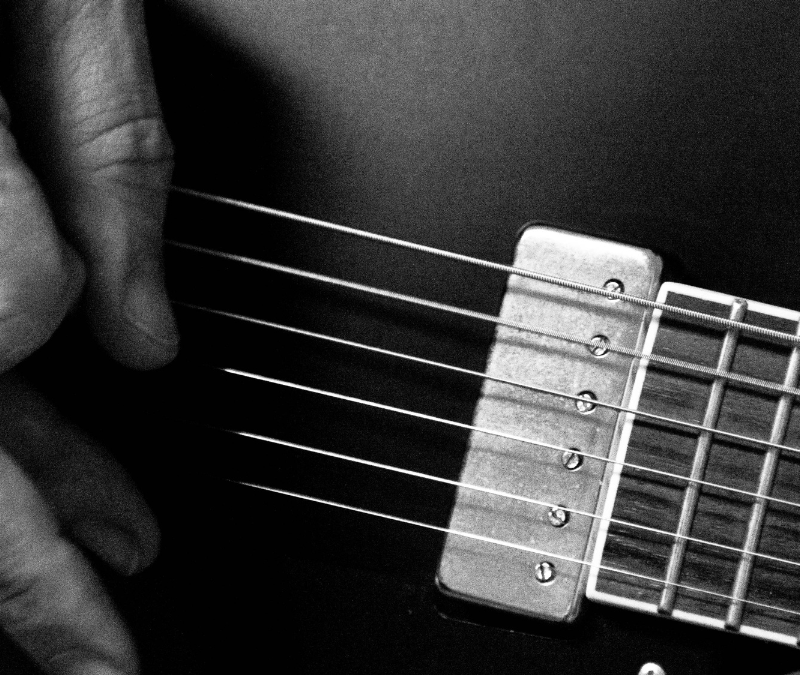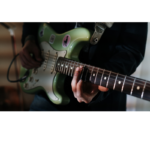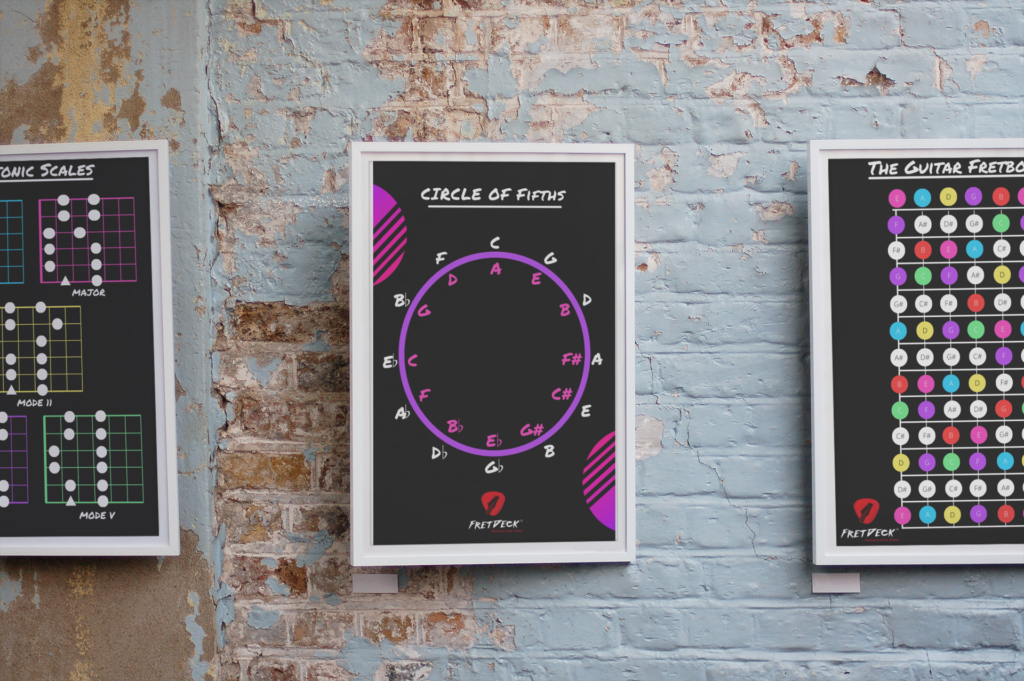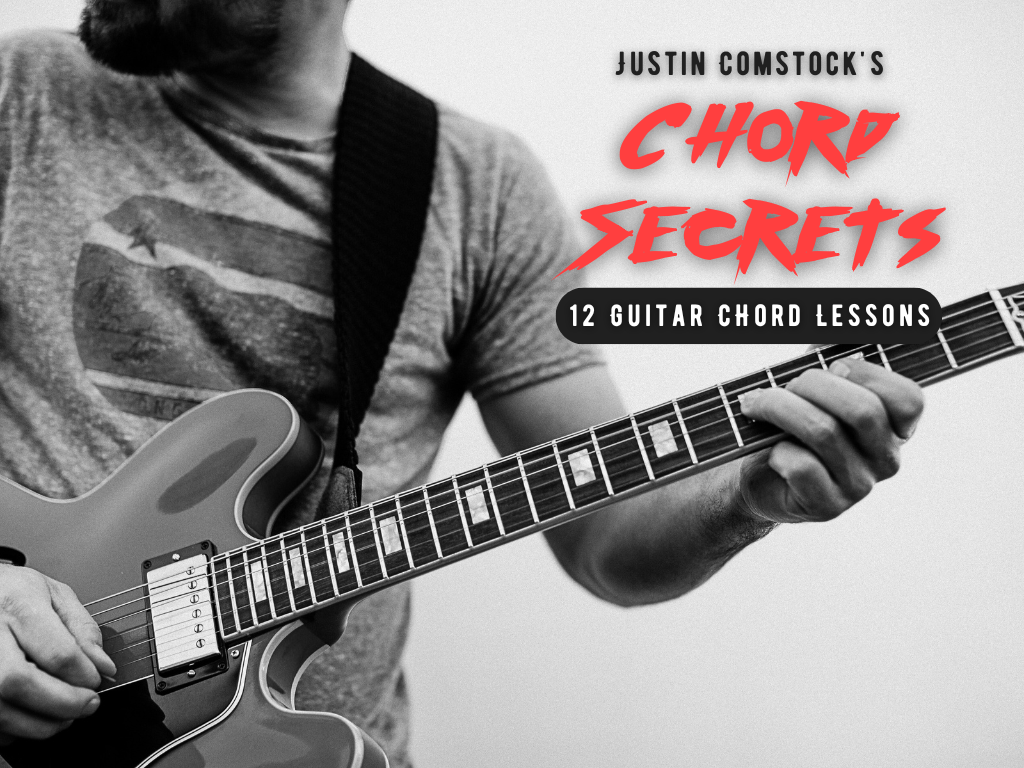Mastering guitar strumming patterns is essential for rhythm guitar. Strumming breathes life into songs, setting the groove and connecting you to the music. Whether you’re playing pop, folk, reggae, or any other style, understanding and practicing different strumming patterns is the key to unlocking a polished and dynamic rhythm guitar style.
This guide will break down strumming patterns across genres, explore rhythm basics, and provide detailed exercises. With dedication and a little creativity, you’ll elevate your rhythm guitar playing to new heights.
Why Guitar Strumming Patterns Are Key to Rhythm Guitar
Strumming patterns are more than just rhythmic motions—they’re the essence of a song’s personality. They can make your playing sound tight and professional or sloppy and uneven. Here’s why mastering guitar strumming patterns matters:
- Creates a Groove: Your strumming sets the mood for the entire band or solo performance.
- Improves Timing: Understanding rhythm helps you stay locked in with other musicians or backing tracks.
- Adds Dynamics: Strumming allows you to build tension, create release, and bring life to your music.
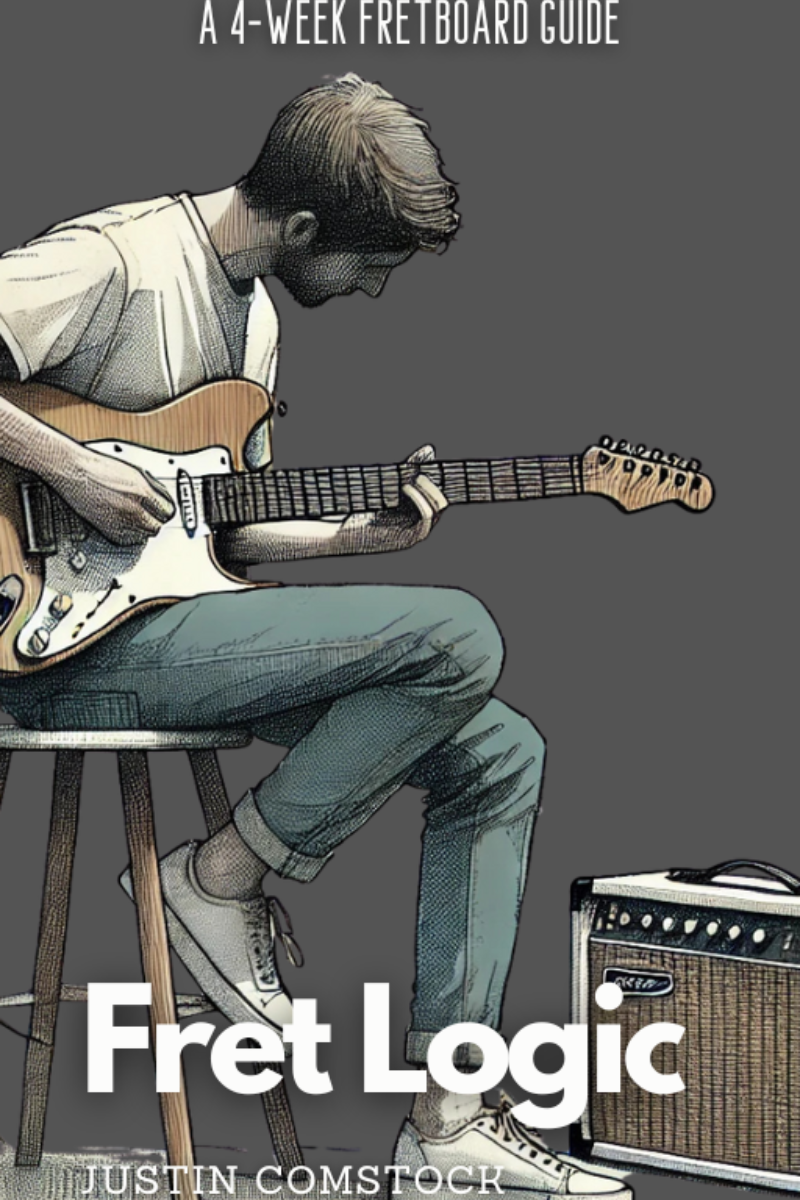
Join Guitar Freaks Hangout on Discord! 🎸
Get Fret Logic FREE!
Join the Guitar Freaks Hangout Discord and get exclusive access to my entire e-book, Fret Logic! Master the fretboard and elevate your solos with this comprehensive guide.
👉 Don’t miss out—join now and download your free copy!
The Basics of Guitar Strumming Patterns: Starting Your Journey
Before diving into advanced strumming patterns, you need a solid foundation in rhythm and timing.
1. Understanding Rhythm
Most modern music is in 4/4 time, which means there are four beats in each measure, and the quarter note gets one beat. Count “1, 2, 3, 4” aloud to internalize the rhythm.
Other time signatures you may encounter include 3/4 (waltz time) or 6/8 (often used in folk and ballads). Start with 4/4, as it’s the most common.
2. Downstrokes and Upstrokes
Strumming involves two motions:
- Downstrokes (↓): Played on the beats (e.g., 1, 2, 3, 4). They’re heavier and emphasize rhythm.
- Upstrokes (↑): Played between beats (the “and” counts like 1 & 2 & 3 & 4 &). They’re lighter and add texture.
Exercise:
Strum a basic down-up pattern:
- Pattern: ↓ ↑ ↓ ↑
- Focus: Consistency in volume and timing.
3. Holding the Pick
Grip the pick firmly but not rigidly. Angle it slightly for smoother strokes. Experiment with thin picks for softer sounds or heavier picks for more attack.
Guitar Strumming Patterns for Pop
Pop music often features simple, yet catchy guitar strumming patterns that emphasize groove and melody.
Guitar Strumming Patterns 1: Down-Down-Up-Up-Down-Up
This is a classic pop rhythm that works well in many contexts. The pattern flows smoothly and leaves space for vocals.
Breakdown:
- Beats: ↓ ↓ ↑ ↑ ↓ ↑
- Emphasis: Slightly stronger downstrokes on beats 1 and 3.
Practice Song:
Try this pattern on a G-Cadd9-D progression, as used in “Wonderwall” by Oasis.
Pattern 2: Chugging Groove
Pop songs often use muted strumming for a percussive feel. To achieve this:
- Lightly rest your fretting hand on the strings to mute them.
- Strum rhythmically with a down-up pattern.
Practice Tip:
Experiment with dynamic changes by alternating between muted strums and open chords.
Guitar Strumming Patterns for Folk
Folk strumming patterns are designed to flow naturally, often complementing fingerpicking or light melodies.
Pattern 1: Down-Down-Up-Down-Up
This simple pattern creates a relaxed, flowing rhythm, ideal for folk ballads.
Breakdown:
- Beats: ↓ ↓ ↑ ↓ ↑
- Emphasis: Stronger downstroke on beat 1.
Practice Song:
Use this on a progression like G-D-Em-C, as seen in Bob Dylan’s “Blowin’ in the Wind.”
Pattern 2: Down-Up Variations
Folk music often relies on syncopation, where the rhythm emphasizes offbeats. Try alternating between:
- Full strums (all strings)
- Partial strums (e.g., just the top three strings).
Practice Tip:
Play along to tracks by artists like Joan Baez or Fleet Foxes to develop a feel for syncopation.
Guitar Strumming Patterns for Reggae
Reggae rhythms are distinct because they emphasize the offbeat (beats 2 and 4). This creates a syncopated, laid-back feel.
Pattern 1: Mute-Down-Mute-Down
Reggae’s characteristic sound comes from muting the strings on beats 1 and 3, then strumming down on beats 2 and 4.
Practice Song:
Try this on a progression like A-D-E while playing along to Bob Marley’s “No Woman, No Cry.”

Join Guitar Freaks Hangout on Discord! 🎸
Get Fret Logic FREE!
Join the Guitar Freaks Hangout Discord and get exclusive access to my entire e-book, Fret Logic! Master the fretboard and elevate your solos with this comprehensive guide.
👉 Don’t miss out—join now and download your free copy!
Pattern 2: Choppy Upstrokes
In reggae, upstrokes are used to add texture and keep the groove flowing. Use a quick flick of the wrist to strum just the top three strings on the “and” counts.
Exercise:
Play a C-G-Am-F progression, emphasizing the upstrokes on “&” (1 & 2 & 3 & 4 &).
Dynamics in Guitar Strumming Patterns
Strumming isn’t just about the rhythm—it’s about how you play each stroke. Dynamics give your playing personality and emotion.
1. Palm Muting
Use the side of your palm to lightly rest on the strings near the bridge. This creates a muted, percussive tone.
Practice Tip:
Experiment with alternating muted and open strums to add variation.
2. Accents
Emphasize specific beats to change the feel of a pattern. For example, accentuating beats 2 and 4 creates a driving, upbeat rhythm.
Exercise:
Play the pattern ↓ ↓ ↑ ↑ ↓ ↑, but strike beats 2 and 4 harder than the rest.
3. Volume Control
Adjust your strumming intensity depending on the song’s dynamics. Strum softly during verses and louder in choruses.
Exercises for Perfecting Guitar Strumming Patterns
1. Practice with a Metronome
A metronome is a must-have tool for rhythm practice. Start slow, focusing on even timing. Gradually increase the tempo as your accuracy improves.
2. Play Along with Backing Tracks
Backing tracks provide context for your strumming. Try free resources like YouTube or apps like Ultimate Guitar.
3. Record Yourself
Listening to your strumming helps identify inconsistencies. Use your phone or a DAW to record and review.
Applying Strumming Patterns to Songs
The real magic happens when you apply patterns to your favorite songs. Start with simple progressions and experiment with dynamics and rhythm variations.
Example Song: “Knockin’ on Heaven’s Door”
- Chords: G-D-Am
- Pattern: ↓ ↓ ↑ ↑ ↓ ↑
- Focus: Play softly during the verses and louder in the chorus.
Unlock More with Advanced Techniques With Guitar Strumming Patterns
Once you’re comfortable with the basics, explore advanced techniques like fingerstyle strumming, hybrid picking, or polyrhythms to expand your rhythm vocabulary.
Looking for more ways to elevate your rhythm guitar playing? Check out our article on building a Guitar Practice Plan to enhance your habits and chord transistions.
Final Thoughts
Mastering guitar strumming patterns is a journey, not a destination. With consistent practice and a willingness to experiment, you’ll develop a rhythmic style that’s uniquely yours. Whether you’re strumming the smooth offbeats of reggae, the flowing rhythms of folk, or the catchy grooves of pop, rhythm guitar is your foundation for great music.
Join the Guitar Freaks Hangout: Share your progress and swap strumming tips with fellow players in our Guitar Freaks Hangout on Discord. Together, we’ll keep the rhythm alive!

Join Guitar Freaks Hangout on Discord! 🎸
Get Fret Logic FREE!
Join the Guitar Freaks Hangout Discord and get exclusive access to my entire e-book, Fret Logic! Master the fretboard and elevate your solos with this comprehensive guide.
👉 Don’t miss out—join now and download your free copy!

